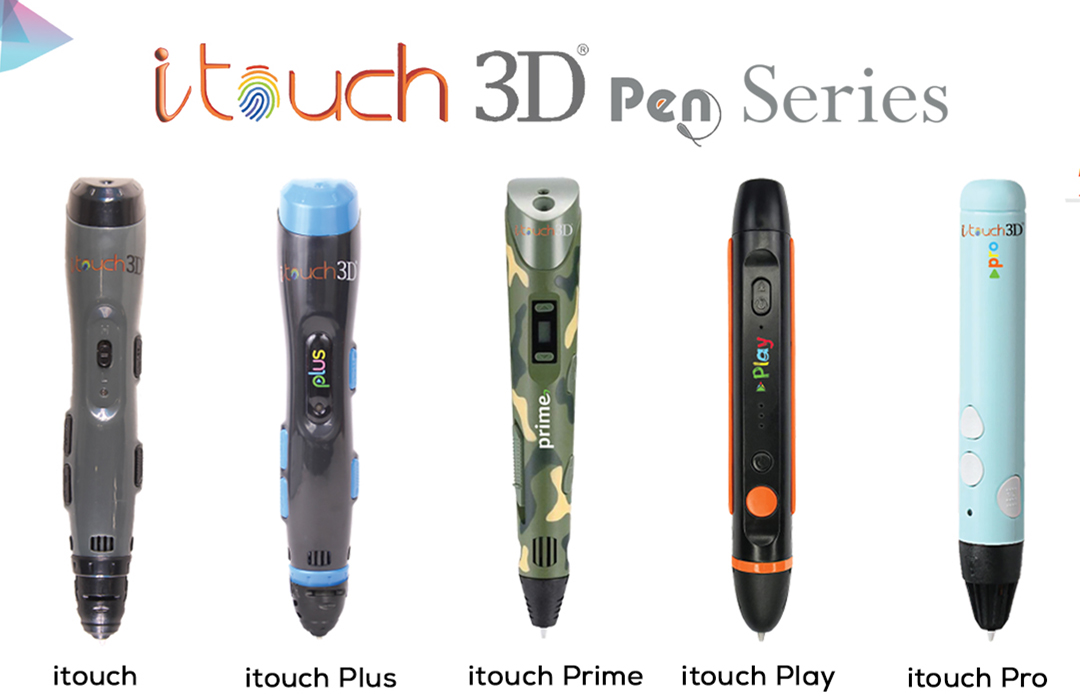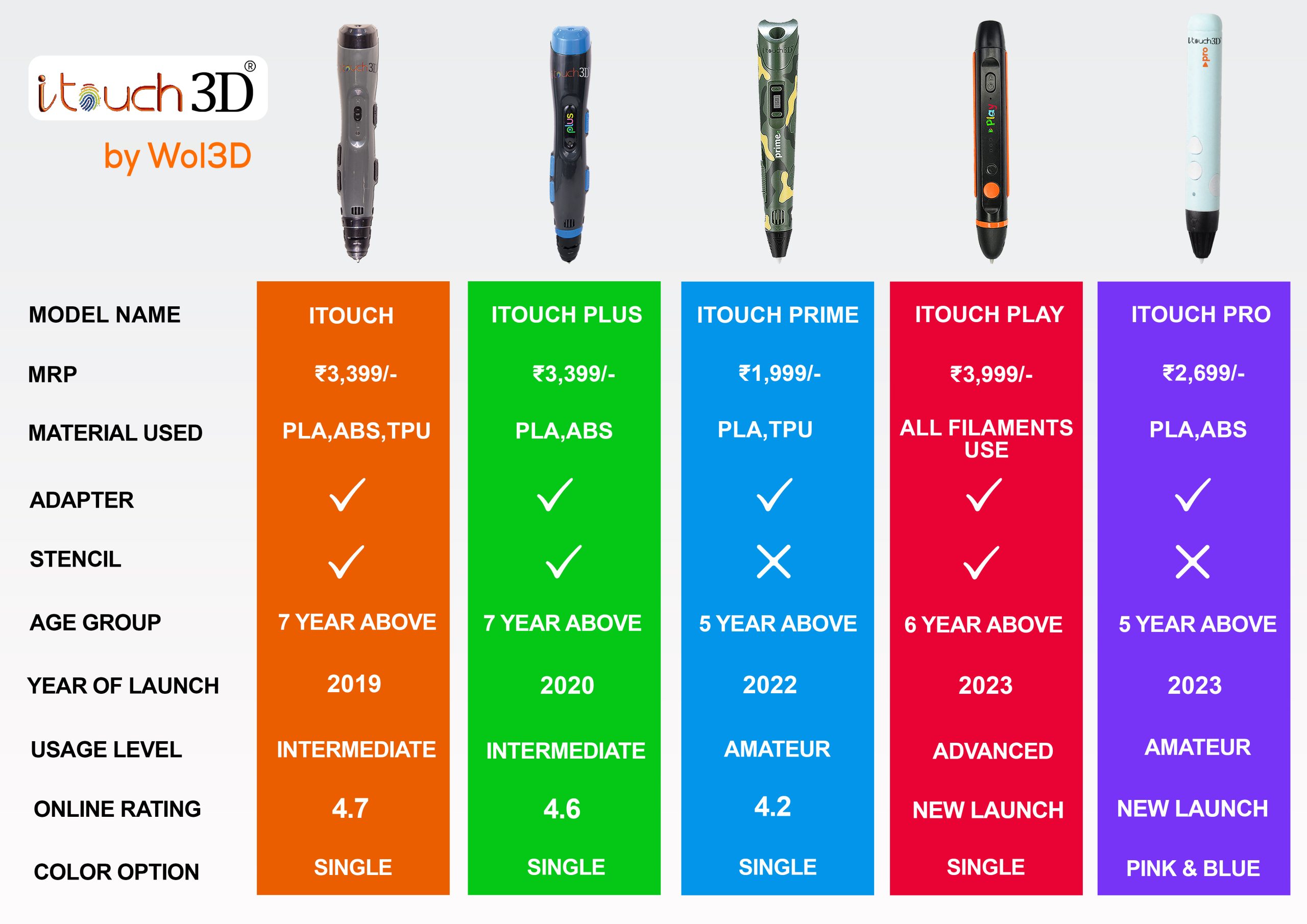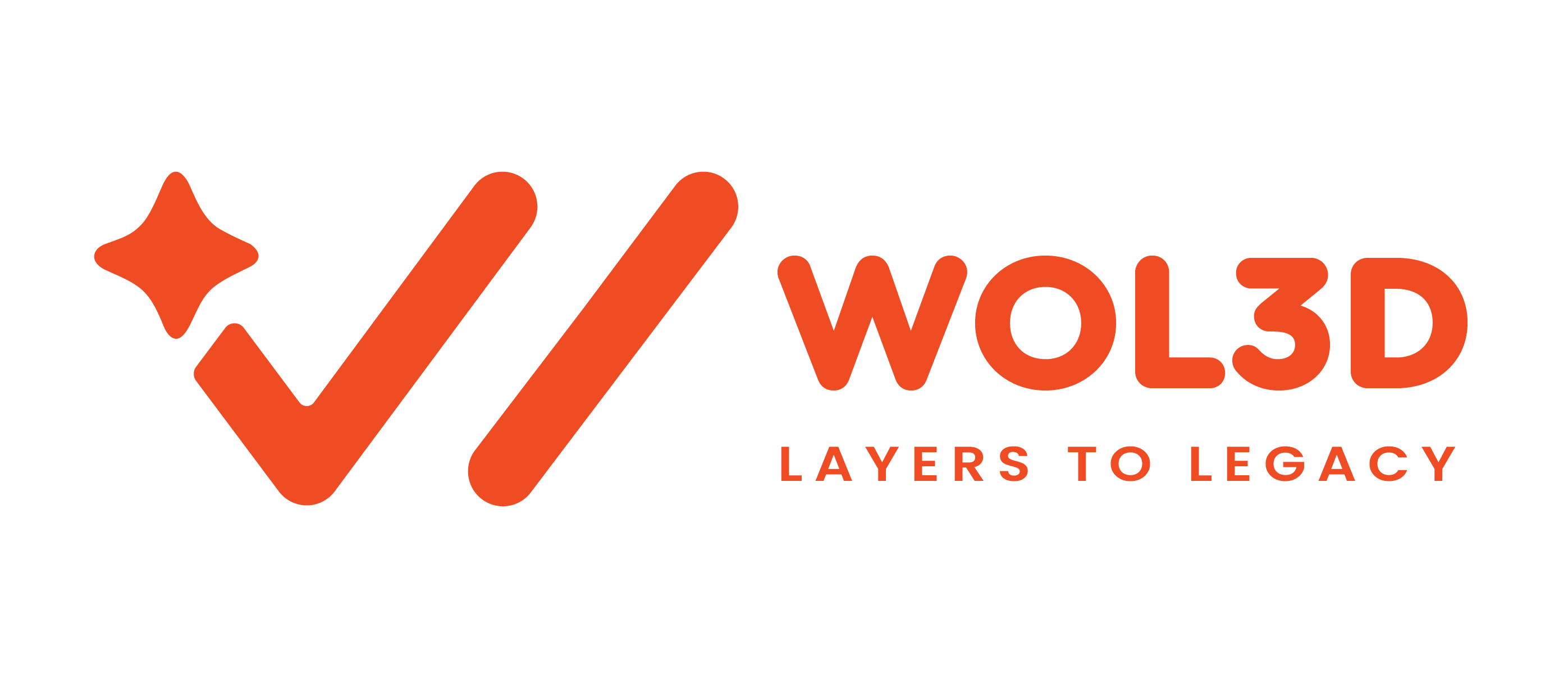Itouch 3D Launches new 3D Pen models in India

Create three-dimensional art the easy way! Itouch 3D Launches new 3D Pen models in India. These are the best 3D pens for adults and children in India.
When it comes to choosing the best 3D pens in India there’s more choice than ever before; whether you’re selecting one of the best professional 3D pens, the cheapest 3D pens or a 3D pen for a child, the choice is impressive. These 3D pens can be used to create art, models and toys, and new 3D pens can even use metal and wood filaments as well as plastics.
3D pens work in similar way to a glue gun. You press a button and they push out a type of liquid plastic, such as ABS or PLA, which quickly cools in the air and turns solid. One way of making art with them is to ‘draw’ a model from scratch. Another is to add decoration to an existing model, or another object. Alternatively, you could draw a series of flat shapes, then join them together to create 3D ones.

Frequent Asked Questions
Do 3D pens really work?
Yes, 3D pens really work, if what you want to do is create a 3D model by hand. If you want to create a 3D model based on a pre-existing design, though, you need a 3D printer.
A Itouch 3D pen uses the same type of heating element to melt filament that you get in a 3D printer. But while the latter is controlled by software, a 3D pen you control entirely yourself, much like using a glue gun, so you can get truly expressive. Once the filament leaves the filter, it cools rapidly, and hardens into whatever shape you have formed it into.
What is a 3D pen used for?
You can use a 3D pen to draw on any flat surface. But, as the name suggests, the real beauty of a 3D pen is that it allows you to draw in mid-air, using plastic filament, and create three-dimensional structures that then solidify. Alternatively, you can draw over an existing object to enhance it.
Who uses 3D pens?
Anyone can use a 3D pen, but they’re commonly used by hobbyists, artists, makers, fashion designers and home furnishing designers in creative projects. They’re also used by engineers and DIYers to solve practical problems, by teachers in education, and by kids for fun projects.
What 3D pen should I buy?
The best 3D pen available today is the Itouch 3D Pen. It’s light and ergonomically designed, making it easy to hold and use, whether you’re a newbie or an experienced hand. An adjustable feed helps you stay in control, and you can increase the temperature in increments. It’s USB powered and you can use a wide range of filaments. Choice of selection between the 5 pens.
What’s the best 3D pen for children?
The best 3D pen for children is the itouch PLUS, which is suitable for kids from six and up. The controls are simple, and everything’s been subjected to the strictest safety testing. There are no hot parts on the pen and its Eco-Plastic filament is non-toxic, BPA-free, and completely biodegradable in household compost. It typically takes about 45 days for the plastic to break down.
What’s the best 3D pen for beginners?
In our view, the best 3D pen for beginners is the Itouch Play, because it’s so easy to use. Just plug in the pen, insert your plastic, wait for it to heat up, then you can doodle in three dimensions. The extruded heated plastic hardens almost instantly, so you can draw 3D structures, freehand or on stencils. This 3D pen comes with different colours of plastics, colourful stand, stencil book, which are all safe and non-toxic, and an activity guide book to get you started.
Are 3D pens environmentally damaging?
If you want to avoid harming the environment with your 3D pen, then the plastic we recommend using is PLA, which is short for Poly Lactic Acid. A polyester derived from renewable biomass, typically from fermented plant starch such as corn, cassava, sugarcane or sugar beet pulp, this type of plastic is both biogradable and sustainable. To be specific, it typically takes around six to 12 months to break down, while for most plastics it takes hundreds of years.
The other type of plastic commonly used in 3D pens, ABS, is not so great for the environment. Short for Acrylonitrile butadiene styrene, ABS is petroleum-based and non-biodegradable. It’s both bad for the environment and more toxic to humans than PLA
